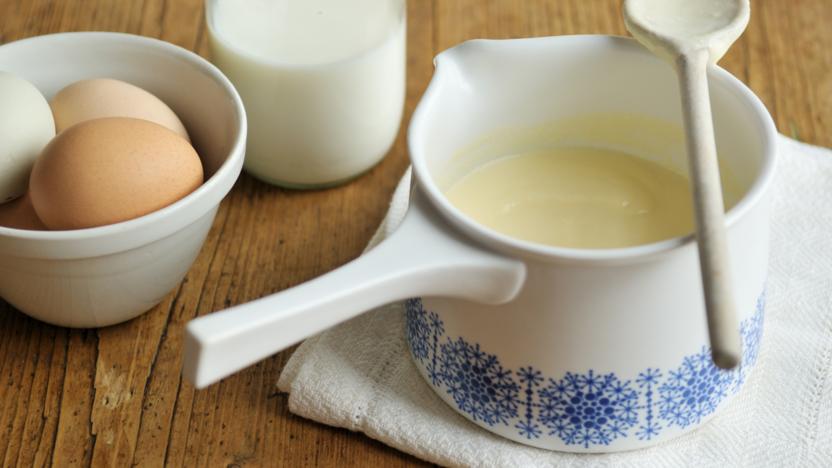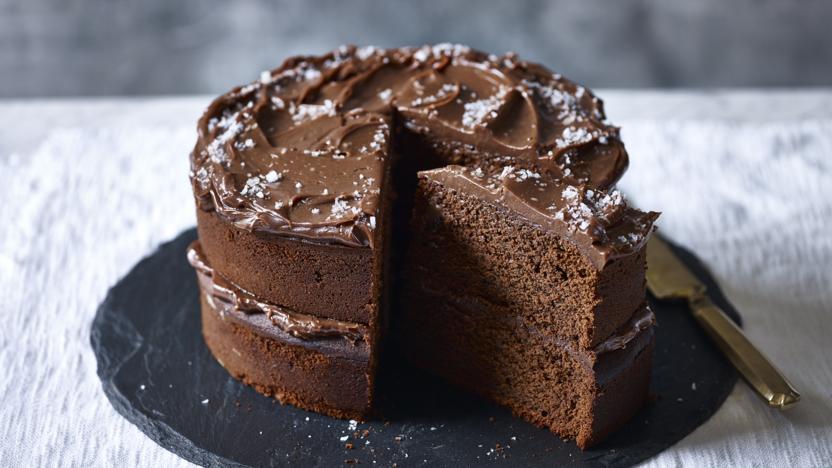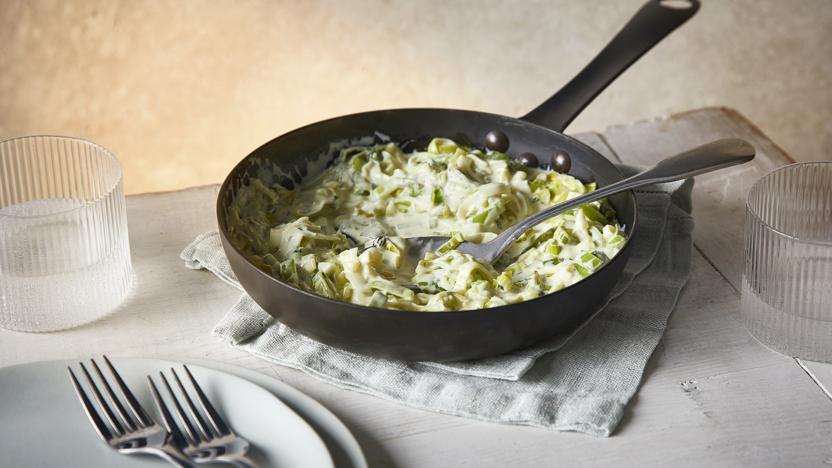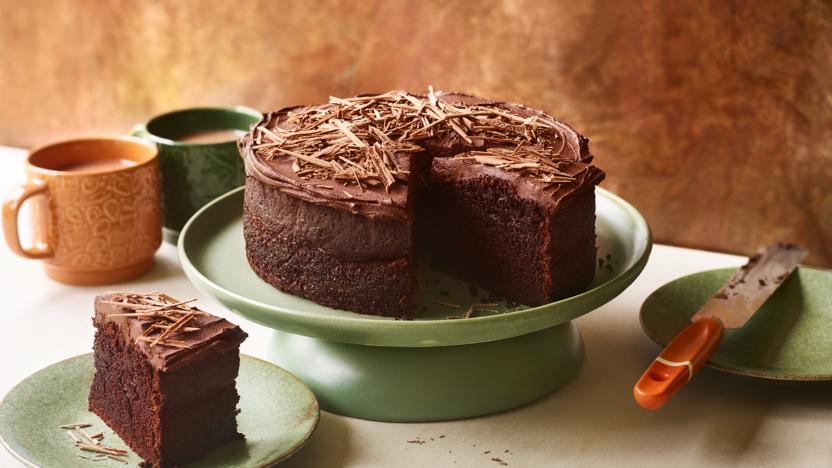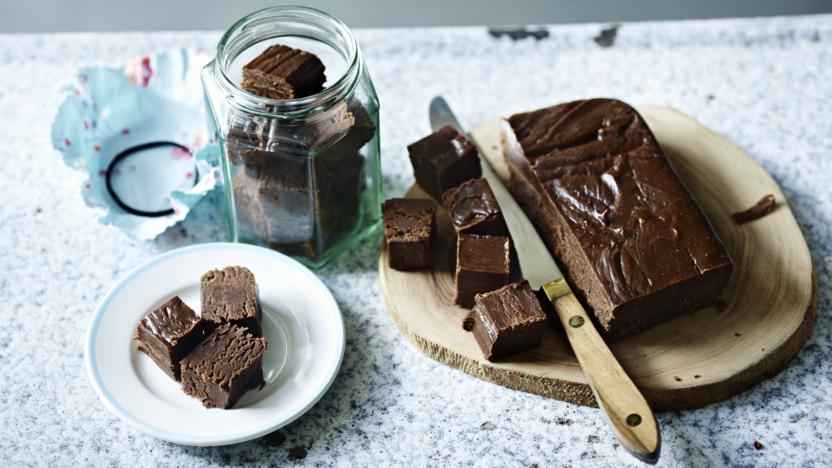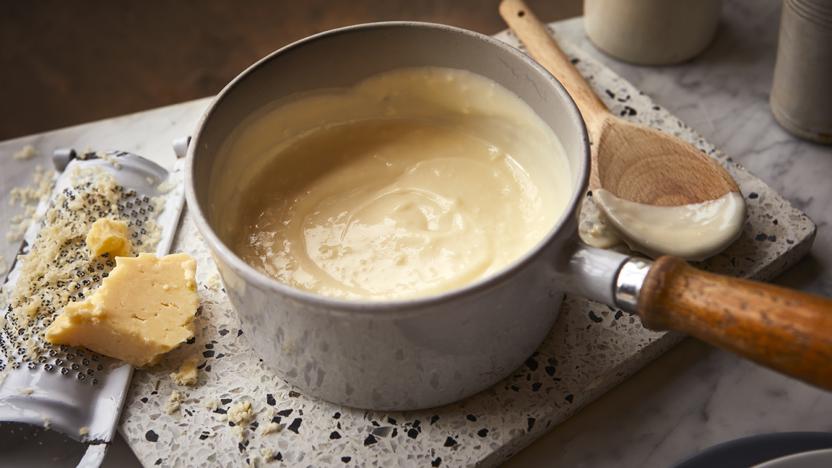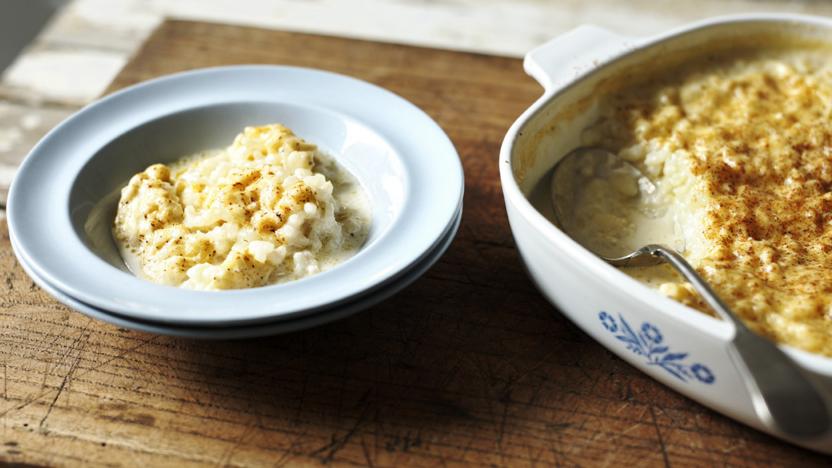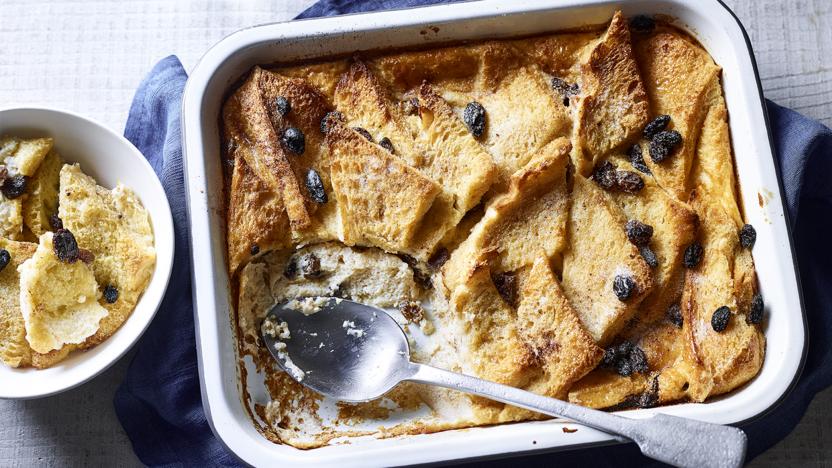Milk recipes
A highly nutritious liquid, milk is a very versatile kitchen ingredient. In the UK, cows’ milk is the most popular milk, although goats’ milk is increasing in popularity, and sheep and water buffalo milks are also occasionally available.
Not only do animal milks vary significantly in terms of their nutritional content (although all are valuable sources of protein, calcium, vitamins and minerals), but also milk from the same source can differ according to such factors as the animal’s diet, the time of milking, and the breed concerned – Jersey and Guernsey cattle, for example, are famous for their ultra-creamy milk, which is sold as Channel Island or gold-top milk.
Try making Mary Berry’s foolproof, homemade custard, perfect for slathering on crumbles, pies and puddings.
Each serving provides 872 kcal, 33g protein, 65g carbohydrates (of which 56g sugars), 54g fat (of which 26g saturates), 0g fibre and 0.7g salt.
More milk recipes
Buyer's guide
'Raw’ milk denotes milk that hasn’t undergone pasteurisation, and thus shouldn’t be consumed by pregnant women, young children and those with compromised immune systems.
Semi-skimmed and skimmed milks have had their fat content reduced, in contrast to ‘whole’ milk, which is full-fat.
As fresh milk cannot be kept for more than a couple of days, unopened, most is treated before sale. The vast majority will be homogenised, to stop the cream from separating from the rest of the milk, and pasteurised, or gently heated, to improve its shelf-life. UHT milk is sterilised with heat, so can be kept at room temperature, unopened, for many months. This process slightly alters the taste, however.
Both evaporated and condensed milks have undergone more sustained heat treatment to reduce their water content: evaporated milk is then sterilised to preserve it, whereas condensed milk has sugar added for the same purpose. They can be kept at room temperature for long periods, and taste and look very different to fresh milk; these days they are predominantly used in baking and desserts.
Storage
Milk should be kept in the fridge. It can be frozen, but it will expand on freezing, so make sure the packaging hasn’t ruptured before defrosting it in the fridge for 24 hours.
